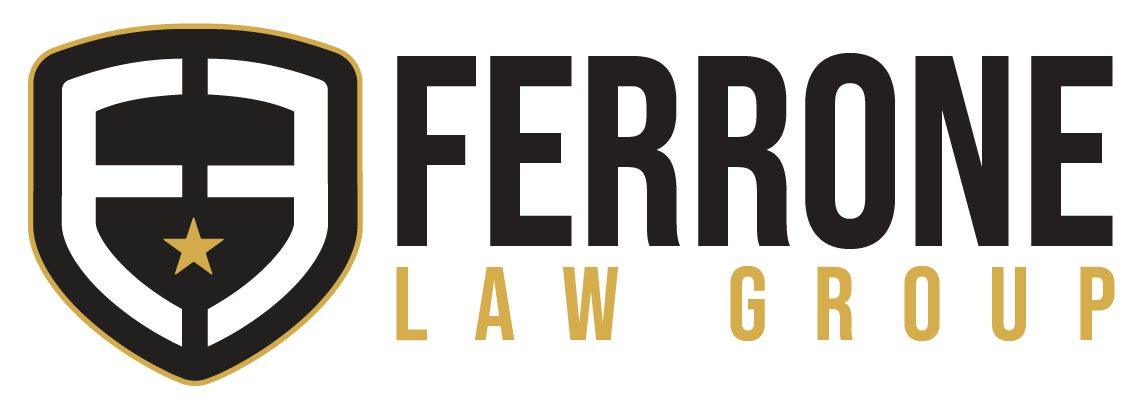By John A. Ferrone Esq.
Ferrone Law Group
Safety officers, who have claimed a work injury, will be faced with a host of complex work comp laws that have been designed to delay and deny
benefits. This article will outline an alternative dispute resolution (ADR) system that can be negotiated into a Labor-Management workers’
compensation agreement. The goal of the ADR program is to compress the time to resolve disputes thereby getting the injured officer through the system faster.
The current system’s main problem is in the length of time it takes to resolve a dispute. The longer the issue remains disputed, the higher the cost.
There are essentially two tracks in work comp—(1) cases on a delayed status and then ultimately denied, which average 9-12 months to resolve the
causation issue; and (2) cases that are accepted but then the officer faces a blizzard of denials for treatment due to Utilization Review.
In February 2006, the Long Beach Police Officers’ and Firefighters’ Associations, along with the City Attorney’s Office and Human Resources
Department, identified that injured officers were experiencing significant delays in receiving medical treatment and the resolution of the claim. In
2008, we launched the Alternative Dispute Resolution (ADR) program for the police and fire in Long Beach. The ADR program was a negotiated
labor-management agreement between the union and the City. The agreement provided that in the event a dispute arose, a medical evaluator
from a list would be assigned to the case and be required to evaluate the injured officer within 30 days and issue the report 30 days later. The goal
was to compress the time to resolve the dispute to 60 days.
After the Long Beach ADR program ran for a year, the City hired Deloitte Consulting to conduct a full audit of the program. Deloitte issued a
study of the Long Beach program which revealed significant reduction in time off work, delays in treatment and resolution of disputes. For example,
before the ADR program the average length of time to resolve disputes was over 240 days. After the ADR program was launched the time frame was
reduced to 59 days. The ADR program in Long Beach surpassed all expectations in improving the inherent delays in the work comp system.
The recent changes in 2013 to the work comp system with the new law (SB 863) has further exacerbated the costs and made the treatment
delays worse. There have been incidents where an injured officer has waited over a year to find out a spinal surgery was denied! The ADR program is
the only solution to the pending disaster that awaits the injured officer.
SB 863’s new procedure- Independent Medical Review- has restricted how officers resolve medical treatment disputes. As of July 1, 2013, IMR
applies to ALL cases regardless of the date of injury. It applies even under previously settled cases that were governed by the PQME/AME process.
Under this new system, when treatment gets denied (such as a surgery) by Utilization Review (“UR”), the injured officer will now be required to
appeal that denial to IMR, which is controlled by a single company called Maximus Federal Services.
IMR is basically another paper review process, like UR, that has no avenue for a face-to-face evaluation. In other words, a doctor who has never
seen the injured officer will control the type of treatment the officer receives. Any attempt to avoid this by going to a PQME or AME will fail because SB
863 definitively states this cannot be done—the report would not admissible in a hearing for purposes of resolving a treatment dispute. Properly
navigating this new system has been very difficult.
Safety agencies, like Long Beach, Huntington Beach, Kern County, OCFA, Bakersfield, Rialto, Glendale, Madera and Porterville have seen the
IMR disaster and have opted for a work comp carve-out Alternative Dispute Resolution (“ADR”) system to avoid IMR. The cost of the IMR system to
both the injured officer and the public agency is becoming too great to bear. This new agreed-upon ADR system is a program designed to expedite
treatment disputes in order to get officers the treatment they need and back to where they belong—on the streets, protecting and serving. The ADR
programs have a 60 day turn around when a dispute arises. The fast track approach has had a significant cost-savings.
Recently, OCFA issued a comprehensive report on the OCFA ADR program that has been operating for the last year. The County has saved over
$1.5 million in costs. The goal of the ADR program is to expedite the resolution of disputed issues, to decrease litigation, improve the officer’s
morale in the system and ensure prompt treatment for the officer. The IME’s serving in the program have been selected based upon their ability to be
partial, fair and have a good understanding of the legal and medical issues for police. It is time the State sat down with the Association and launched an
ADR program like OCFA.
About the Author-John A. Ferrone is a partner in the law firm of Ferrone Law Groupe. The law firm specializes in the representation of
public safety regarding contract negotiation, grievances, internal affairs, officer involved shootings, workers’ compensation, retirement, and personal
injury. The law firm has offices in Westlake Village, Newport Beach, Bakersfield, and San Diego.





